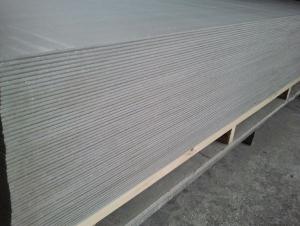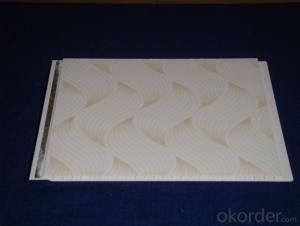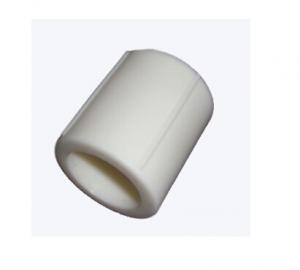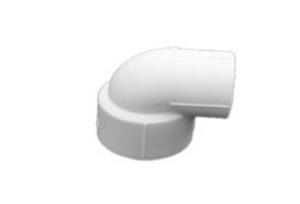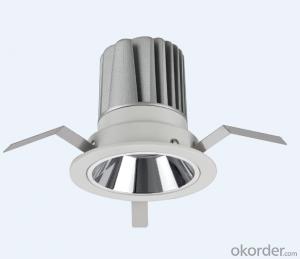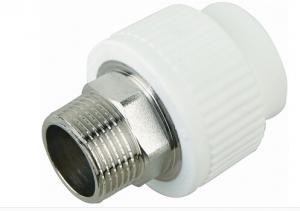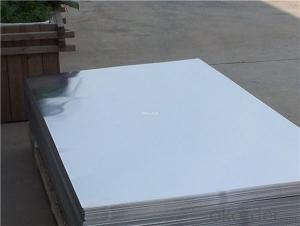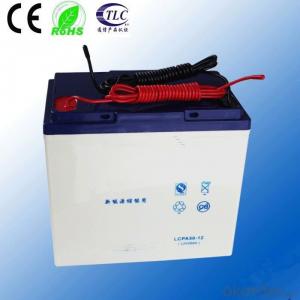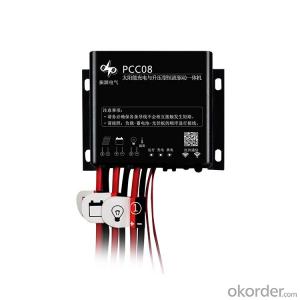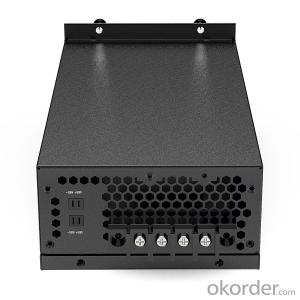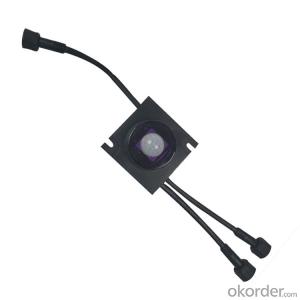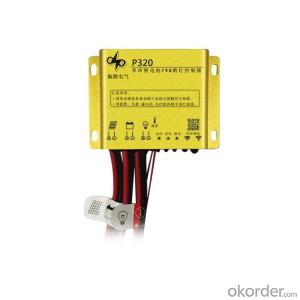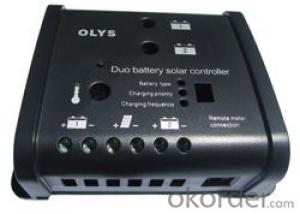Inverter With Battery Solar
Inverter With Battery Solar Related Searches
Stainless Steel Bucket With Lid Hot Water Bottle With Hose High Five Stainless Steel Prop Solar Panel Kit With Inverter Rv Solar System With Inverter Cover Ham With Aluminum Foil Aluminum Post With Base Plate Wrap Feet With Aluminum Foil Curl Hair With Aluminum Foil Aluminum Foil Pans With LidsHot Searches
Price For Stainless Steel Scrap Scrap Price For Stainless Steel Price For Stainless Steel Cheap High Tea Sets For Sale Price Of Shipping Containers For Sale Stock Price For Aluminum Cheap Solar Cells For Sale Air Pump For Aquarium Price Inverter Size For Solar System Used Foam Board Insulation For Sale Price List For Building Materials Magnesium Oxide Board For Sale Hdf Board For Sale sintra board for sale Cheap Mini Laptops For Sale Plywood For Sale Cheap Cheap Washers For Sale Cheap Tall Vases For Sale Solar With Inverter Price Price For Stainless Steel ScrapInverter With Battery Solar Supplier & Manufacturer from China
Okorder.com is a professional Inverter With Battery Solar supplier & manufacturer, offers integrated one-stop services including real-time quoting and online cargo tracking. We are funded by CNBM Group, a Fortune 500 enterprise and the largest Inverter With Battery Solar firm in China.Hot Products
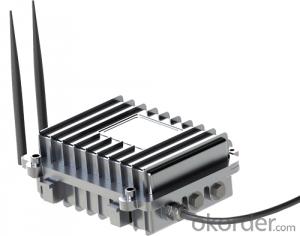
Internet of Things Wireless Centralize Controller Remote Monitor System MPPT Solar Charge Controller
FAQ
- A solar controller handles variations in battery capacity by constantly monitoring the battery's voltage and adjusting the charging parameters accordingly. It ensures that the charging current and voltage are regulated to match the specific requirements of the battery, preventing overcharging or undercharging. This helps maintain the battery's health and maximizes its lifespan, regardless of its capacity.
- The temperature range in which a solar controller can operate typically falls between -40°C to 85°C (-40°F to 185°F).
- Yes, a solar controller can be used with a solar-powered gym or fitness center. A solar controller regulates the flow of electricity from solar panels to the gym's electrical system, ensuring safe and efficient power distribution. This is essential for managing the energy generated by the solar panels and protecting the gym's equipment and electrical components.
- No, a solar controller cannot be used with a solar-powered nuclear reactor. A solar controller is designed specifically to regulate and control the charge and discharge of batteries in solar power systems. On the other hand, a solar-powered nuclear reactor uses nuclear fission to generate electricity, which operates on an entirely different principle and does not require a solar controller.
- Temperature compensation features in a solar controller are designed to ensure optimal performance and efficiency of the solar system, regardless of the ambient temperature. These features help to counteract the effects of temperature fluctuations, which can significantly impact the charging and discharging processes of the solar batteries. One of the main temperature compensation features is the ability to adjust the charging voltage based on the temperature. As the temperature increases, the voltage required to charge the batteries effectively decreases to prevent overcharging. Conversely, as the temperature decreases, the charging voltage needs to be increased to compensate for the reduced battery efficiency. Another important temperature compensation feature is the ability to adjust the load disconnect voltage based on temperature. This feature ensures that the batteries are not discharged excessively in extremely cold temperatures, which can lead to irreversible damage. By raising the load disconnect voltage in colder temperatures, the solar controller protects the batteries from being drained beyond safe levels. Furthermore, temperature compensation features can also include temperature sensors that measure the ambient temperature and relay this information to the controller. This allows the controller to continuously monitor the temperature and make real-time adjustments to the charging and discharging processes. Overall, the temperature compensation features in a solar controller play a crucial role in maintaining the performance and longevity of the solar system. By accurately adjusting the charging voltage and load disconnect voltage based on temperature, these features help to optimize the efficiency and reliability of the solar system in various weather conditions.
- Yes, a solar controller can be used in off-grid systems. In fact, it is a crucial component in off-grid solar systems as it regulates the charging and discharging of batteries, ensuring that they are properly charged and protected from overcharging or excessive discharge. The solar controller also helps optimize the efficiency and performance of the solar panels, thus maximizing the energy output in off-grid applications.
- The purpose of a solar controller is to avoid excessive battery discharge by utilizing a mechanism known as low-voltage disconnect (LVD). When the battery voltage falls below a certain threshold, typically around 11.5 volts in a 12-volt system, the solar controller disengages the load from the battery. This action prevents the battery from being discharged beyond a safe level, which can significantly diminish its lifespan. Once the load is disconnected, the solar controller continuously monitors the battery voltage. When the battery voltage surpasses a specific level, usually set at around 12.6 volts in a 12-volt system, the solar controller reconnects the load, making the battery usable again. Furthermore, advanced solar controllers may incorporate additional features to safeguard the battery against excessive discharge. For instance, they may possess battery voltage sensing capabilities to accurately measure the battery voltage and activate the LVD at the appropriate threshold. Additionally, they may offer adjustable LVD settings, allowing users to personalize the disconnect and reconnect voltages based on their specific needs. In conclusion, the solar controller plays a crucial role in preventing over-discharge of the battery, guaranteeing its durability and optimal performance in solar power systems.
- A 48V battery bank can indeed be used in conjunction with a solar controller. The main role of the solar controller is to regulate the electricity flow from the solar panels to the battery bank. Its primary functions are to efficiently charge the batteries and safeguard them against both overcharging and discharging. The majority of solar controllers are equipped with a wide voltage range capability, making them compatible with 48V battery banks. Therefore, as long as the solar controller is designed to handle the battery bank's voltage, it can effectively operate within a 48V system. Before installation, it is crucial to verify that the solar controller is compatible with the specific voltage of the battery bank in order to prevent any potential compatibility issues.




